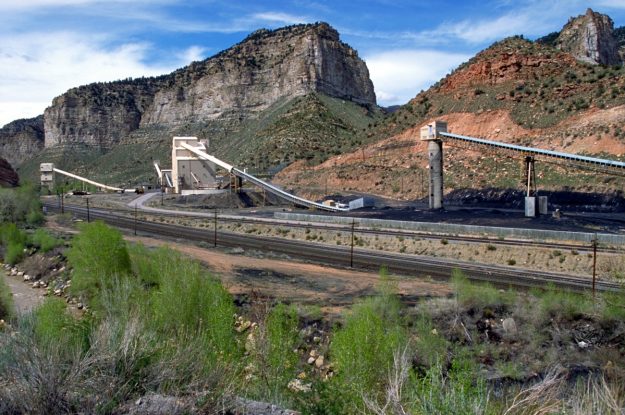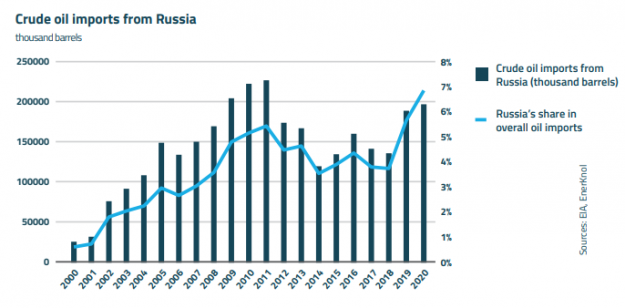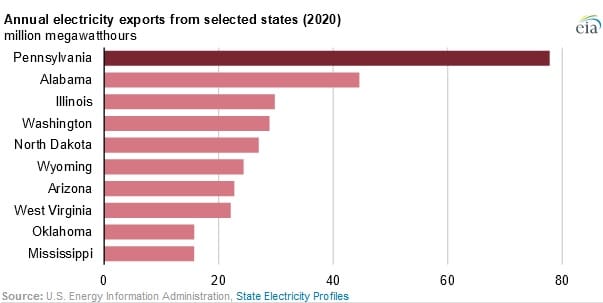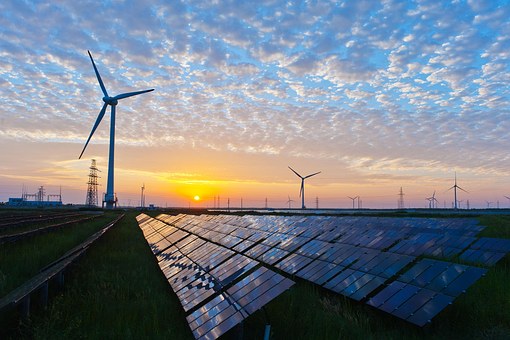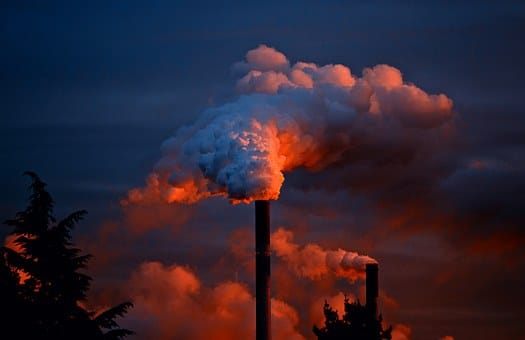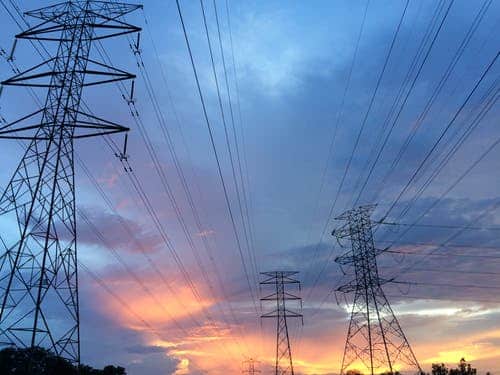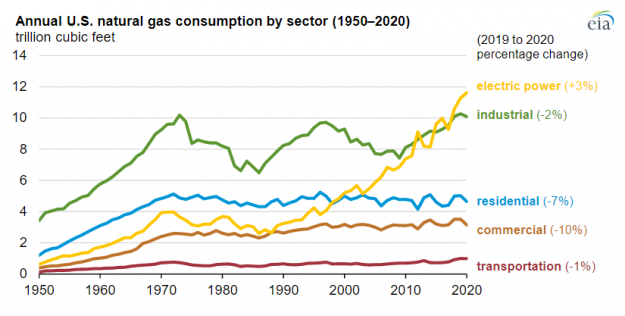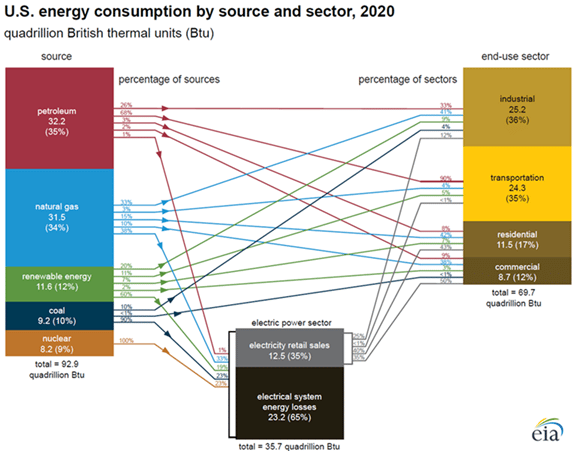Biden Administration Announces $144 million to Support Coal Communities
The U.S. Interior Department on March 4 announced a funding of $144 million is accessible to states and Tribes for abandoned mine land, or AML, retrieval efforts in fiscal year 2022. This builds upon the $725 million fiscal year 2022 investment from the 2021 Infrastructure Investment and Jobs Act to speed up cleaning up of…...
